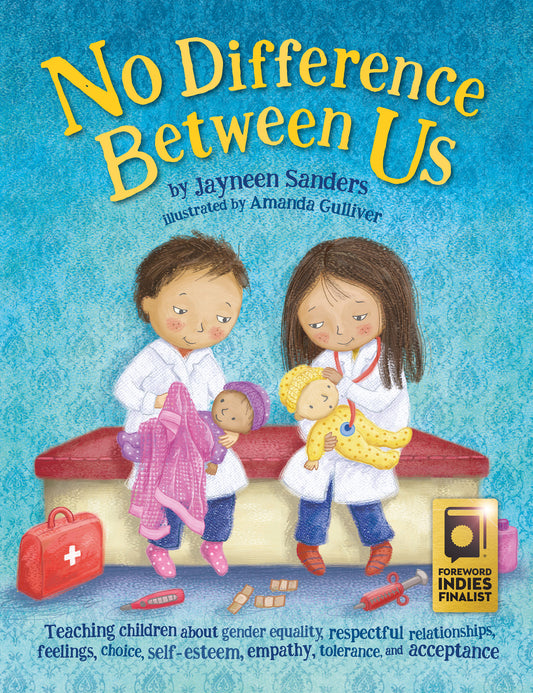'The causes of family violence are complex and include gender inequality and community attitudes towards women...There is no doubt that violence against women and children is deeply rooted in power imbalances that are reinforced by gender norms and stereotypes.'
(p2, State of Victoria, Royal Commission into Family Violence: Summary and recommendations, Parl Paper No 132 (2014–16).
'Stereotypes about men and women are reinforced through practices such as social tolerance of discrimination and the idea that violence against women is sometimes justified by women’s behaviour—for example, if a woman has sex with another man. Gender inequality is itself influenced by other forms of inequality such as race, disability, socio-economic status, geography and the impacts of colonisation. For this reason prevention efforts need to focus on these population-level risks, or root causes, in order to address the conditions in which violence against women can thrive.’
(p17, State of Victoria, Royal Commission into Family Violence: Report and recommendations Vol I, Parl Paper No 132 (2014–16).
As parents and teachers, we hold the keys to reducing gender inequality and consequently reducing family violence. For many of us, gender stereotyping is ingrained in the way we were brought up as children, and the way we act as adults. We do need to stop and think about the subtle (and sometimes not so subtle) ways in which we promote gender stereotypes and actively work to change this.
To help with this, please use our posters (free to download, print and display):
- Tips on promoting Gender Equality in the Classroom
- We All Have A Job To Do (with included teaching notes PDF download)
You may also find our children’s books on Gender Equality useful:






